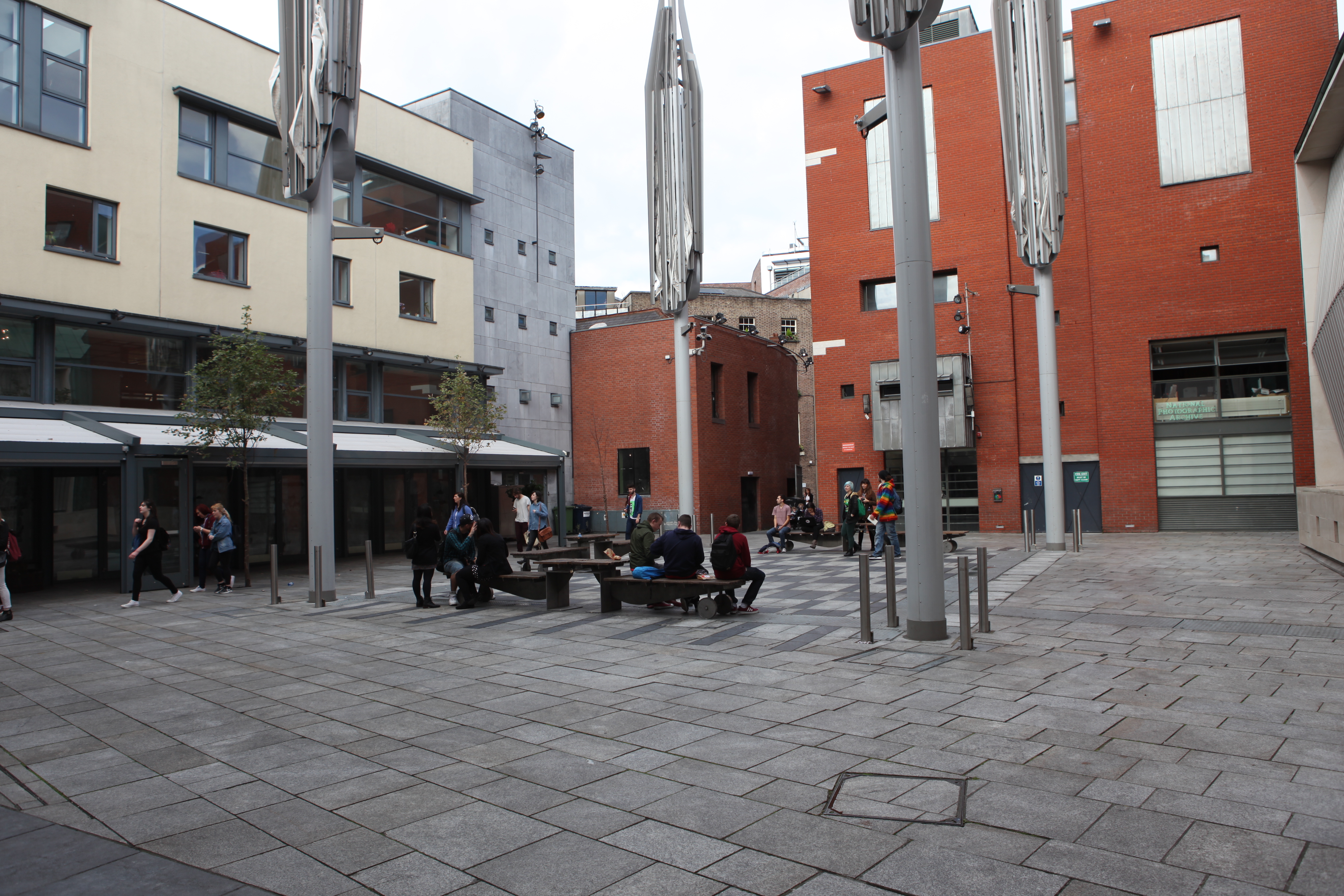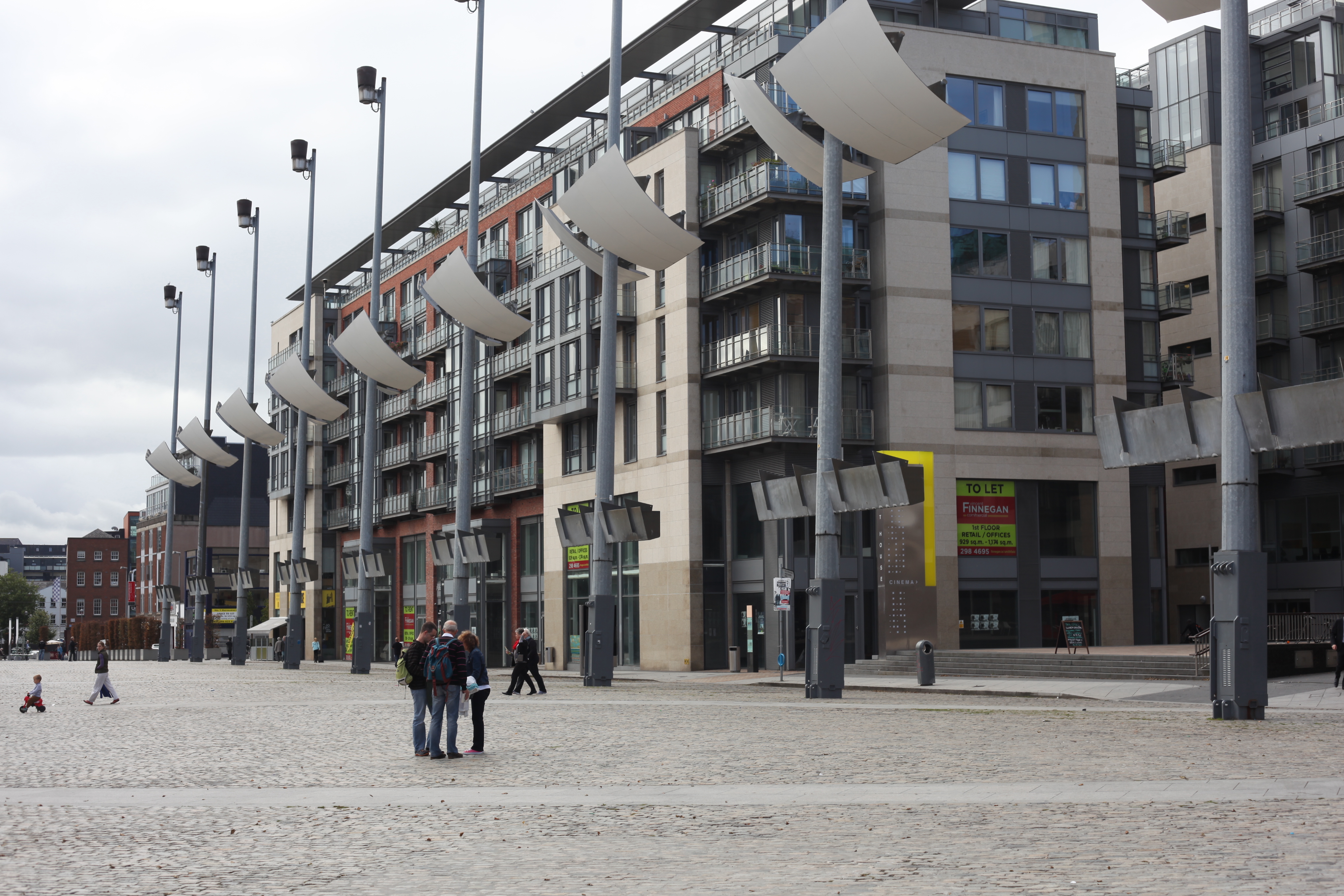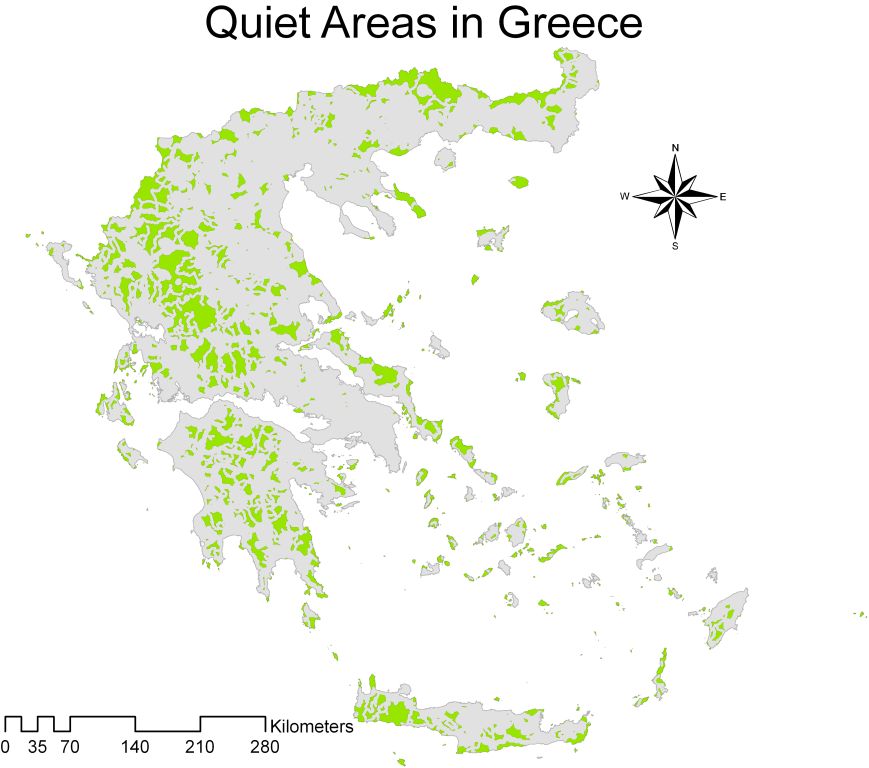Noise pollution can increase stress levels or disturb sleep, affecting human health. Prolonged exposure can trigger serious illnesses such as hypertension and heart disease. At the Bern meeting attended by noise experts from 39 countries, the EEA launched the 2014 update of its Noise Observation and Information Service for Europe (NOISE).
NOISE is an interactive database illustrating exposure to harmful levels of noise across Europe's major transport networks and in more than 400 cities. It shows that road traffic is the dominant source of unhealthy exposure, with at least 61 million Europeans affected. Data from 69 airports reveal that almost 3 million citizens are adversely affected by aircraft noise near airports. Railway noise impacts almost 8 million people, while noise from Europe's largest industrial sites affects almost half a million people.
The EEA aims to disseminate stories of successful action in reducing noise pollution through the European Soundscape Award.
The winner of the European Soundscape Award 2014
The project Manual for Acoustic Planning and Urban Sound Design (MAP) won the European Soundscape Award 2014. Led by Sven Anderson, an urban acoustic planner at Dublin City Council, the project sought to encourage a deeper level of interest in the urban sound environment both within the city council and among the wider public.
The project included two large public sound installations which are currently being set up at prominent urban locations in Dublin. Continuous Drift is an installation based around four retractable umbrellas that cover Meeting House Square, in Dublin's most popular tourist destination and cultural quarter. The umbrellas act as the backdrop for different sonic atmospheres which can be activated using mobile phones. The second installation, Glass House, listens to films being screened in an adjacent cinema, using their melodies to create a subtle sonic trace that hovers in the public space outside. In addition to the installations, the project included the three-day symposium Beyond Noise and Silence: Listening for the City and presentations at several international conferences.
European Soundscape Award 2014 - runner-up prize
The Department of Ecology at Aristotle University of Thessaloniki won the runner-up prize with the proposal for a practical methodology to identify Quiet Areas (QAs). Quiet areas are defined as sites undisturbed by noise from traffic, industry or recreational activities under the Environmental Noise Directive. Identifying QAs using traditional measurement and modelling techniques can be costly and resource intensive, so the university developed a method involving mapping and land use data as a more efficient way to identify priority areas to protect from noise pollution.
Additional information
More information on each project is available in this map.
- Continuous Drift
© Sven Anderson

- Glass House
© Sven Anderson 
- The pattern of QAs in Greece after implementing the proposed methodological approach

EEA resources on noise
- The EEA's NoiseWatch service presents official and citizen ratings of noise in our environment.
- By the end of 2014, the EEA will publish its first European noise assessment.

Document Actions
Share with others